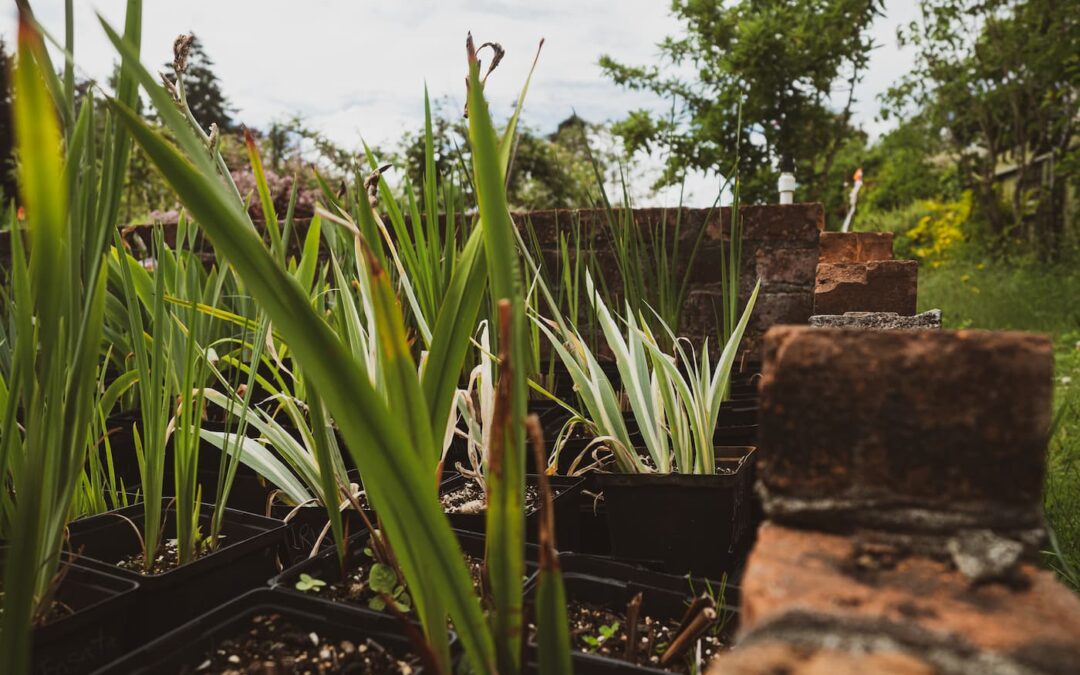Container gardening offers a versatile and space-efficient way to cultivate plants, whether you have a small balcony or a sunny windowsill. However, the success of your container garden hinges on one crucial factor: healthy soil. In this blog post, we’ll guide you through the essential steps to build and maintain healthy soil for your container gardening endeavours.
Understanding Container Gardening
Container gardening is a practical solution for urban dwellers and those with limited outdoor space. The confined environment of containers presents unique challenges for plants, including limited root space, moisture retention, and nutrient availability. To ensure your plants thrive, it’s vital to create a conducive soil environment.
Components of Healthy Soil
Healthy soil contains a delicate balance of minerals, organic matter, water, and air. The interplay between these components contributes to root health, nutrient absorption, and overall plant vitality. Additionally, maintaining a suitable pH level in your soil supports optimal nutrient uptake by your plants.
Choosing the Right Container
Selecting the appropriate container is the first step towards healthy soil. Different types of containers, such as pots, raised beds, and hanging baskets, offer varying advantages. Container size matters too; it should accommodate the plant’s root system without being overly spacious. Adequate drainage holes are crucial to prevent waterlogging, which can suffocate roots.
Selecting Quality Potting Mix
A high-quality potting mix is the foundation of healthy container soil. Unlike garden soil, potting mixes are specifically formulated to provide proper drainage, aeration, and nutrient retention. Look for mixes with a balanced blend of peat moss, perlite, vermiculite, and other organic materials. These components create a well-structured medium that promotes root growth and nutrient absorption.
Incorporating Organic Matter
Boosting your potting mix with organic matter enriches the soil and fosters beneficial microbial activity. Compost, aged manure, and other organic materials enhance soil structure, moisture retention, and nutrient availability. They also contribute to a vibrant soil ecosystem that supports your plant’s health.
Providing Essential Nutrients
Container plants rely on you for their nutritional needs. Slow-release fertilizers are a convenient way to ensure a steady supply of nutrients over time. Organic options, such as compost tea or fish emulsion, provide an eco-friendly approach to nourishing your plants. Remember to follow recommended application rates to prevent over-fertilization.
Ensuring Proper Drainage
Improper drainage can lead to root rot and other soil-related issues. Create a well-draining soil mix by incorporating coarse materials like perlite or coarse sand. Elevating your containers slightly above the ground using pot feet or placing them on a slatted surface allows excess water to escape, preventing waterlogged roots.
Enhancing Soil Aeration
Oxygen is crucial for healthy root development. To improve soil aeration, consider adding perlite or vermiculite to your potting mix. These lightweight materials create air pockets within the soil, ensuring that roots receive the necessary oxygen for growth.
Monitoring Water Retention
Balancing water retention is key in container gardening. A soil mix that retains moisture while preventing waterlogging strikes the right equilibrium. Adjust the composition of your potting mix to achieve this balance, ensuring your plants receive adequate hydration without the risk of drowning roots.
Mulching for Soil Health
Mulching isn’t limited to garden beds—it’s beneficial for container plants too. Apply a layer of organic mulch, such as straw or wood chips, to the top of your soil. Mulch helps regulate soil temperature, reduce evaporation, and inhibit weed growth, creating a healthier environment for your plants.
Preventing Soil Compaction
Soil compaction can stifle root growth and hinder water and nutrient absorption. To prevent compaction, avoid excessive pressure on the soil surface by minimizing foot traffic around your containers. If needed, gently loosen the top layer of soil periodically to maintain soil structure.
Soil Maintenance and Renewal
Healthy soil requires ongoing care. As plants complete their lifecycle, remove spent vegetation and refresh the soil with compost or a new potting mix. This practice rejuvenates the soil, replenishing nutrients and maintaining its structure.
Healthy soil is the cornerstone of successful container gardening. By understanding the components of healthy soil, choosing suitable containers and potting mixes, incorporating organic matter, and providing essential nutrients, you can create an optimal environment for your plants to thrive. Regular attention to drainage, aeration, water retention, and soil maintenance ensures that your container garden remains vibrant and productive. With the right soil foundation, your container plants will flourish and reward you with bountiful harvests and a lush, thriving garden.

